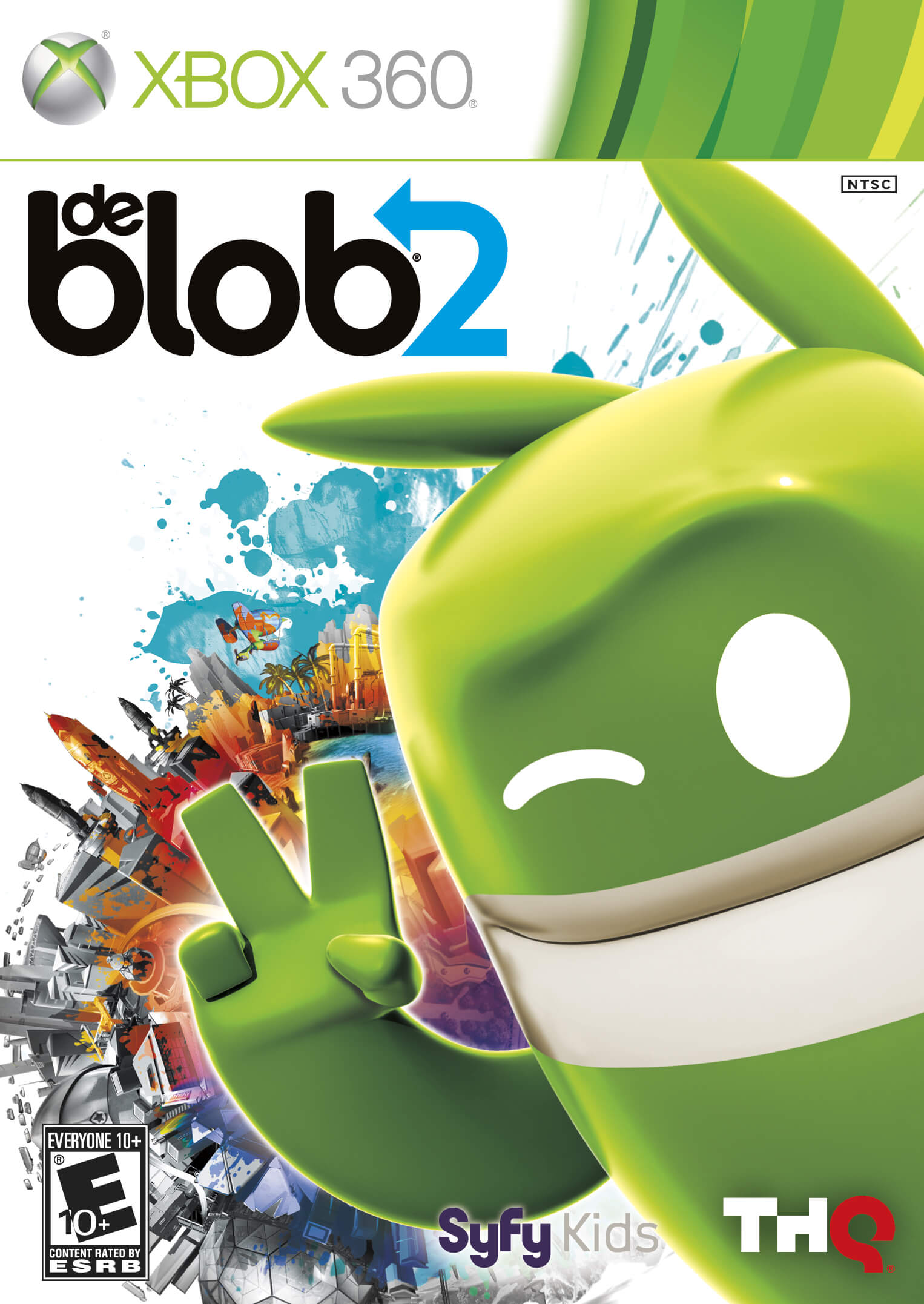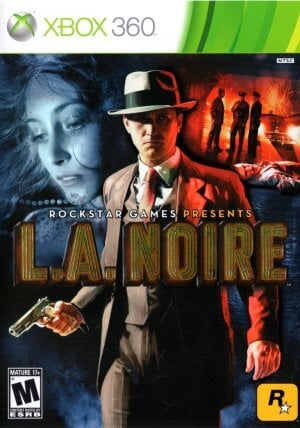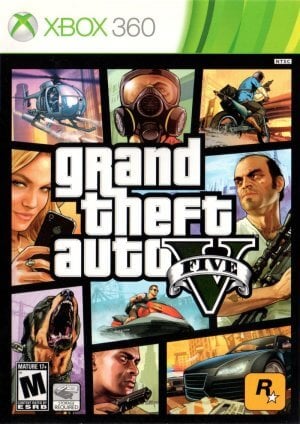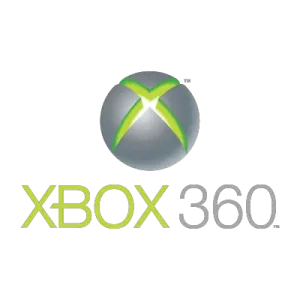The plot of de Blob 2 begins with the central locale, Prisma City, and its forthcoming general election in the aftermath of the events of the first game—a mysterious priest known as Papa Blanc plots to manipulate the polls to win control. Once thriving, it is revealed that he is, working, for The INKT Corporation, the evil corporation from previous games. With this achievement, he continues to drain the color from cities and people to standardize the globe without color and distinctiveness. Our hero, Blob and the Color Underground, must return the town to its brilliant former self. Blob gradually liberates the territories, saving and reconnecting pals along the way. His goal is to bring the Earth back to life, free the people, and end the mysterious INKT Corporation once more.
The sequel, unlike the original de Blob console version, is multi-platform. As a result, the controls have been drastically modified, no longer employing Wii motion controllers in favor of a more conventional console control system. Blob is given/finds a paint color and absorbs it into his body, repeating the color-changing mechanics from the first game. A platforming, sliding gameplay type follows as he paints the globe with these varied colors. Another innovation for the series is a competitive multiplayer option in which up to two Blobs compete to paint the world the fastest and earn the most points. The game can also be played cooperatively with the help of the character Pinky.
There are different sorts of monsters and power-ups, and the game runs in a higher resolution than in the previous title. Blob has a new dash attack that can destroy adversaries and break through obstacles while costing paint points. Gathering inspiration points allows you to purchase upgrades such as improved defense and the capacity to carry additional paint. The power-ups morph him into a wrecking ball, give him infinite paint in all colors or a hazmat suit, or turn him into a black hole. The platforming components are given more attention. Blob can enter structures, causing the game to transition from 3D to 2D. Before a building may be fully occupied, various platform problems must be completed.









